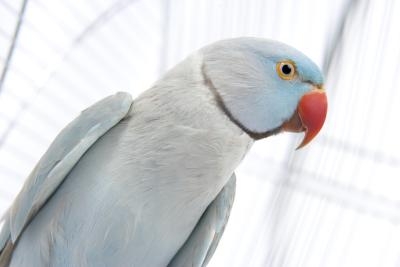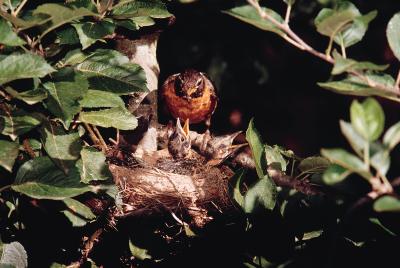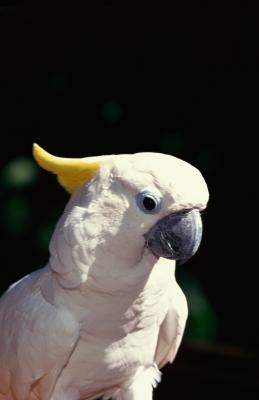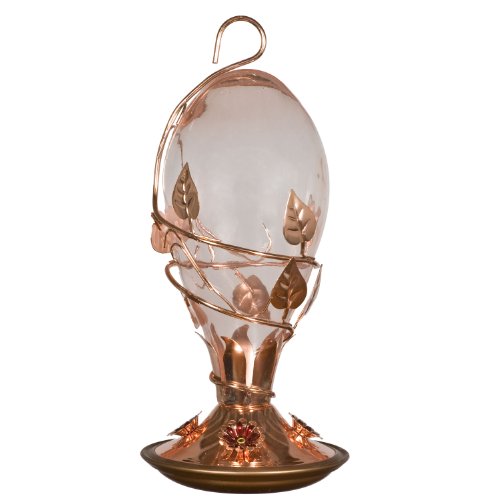The black swan is one of the largest water birds. It has a long "S" shaped neck, with a red bill. It can weigh up to 20 pounds, with a wingspan near 6 feet and a length around 4 feet. The black swan is the official bird of Western Australia. It's the symbol of the Aboriginal people and the white swan symbolizes Australians, with a European background. Of all the species of swans, only two are not pure white, one in Australia and one in South America.
Black swans are common in the southern parts of Australia and in the southeast of Tasmania and now, some can also be spotted in New Zealand and Europe. Black swans like to live near rivers, lakes and swampland; and the water can be fresh or salt. Black swans like to eat underwater vegetation, but they can also be seen in dry pastures and flooded fields, when food is in short supply.
Black swans mate for life. They usually separate in pairs, during mating, but there are times when they'll mate in colonies. The breeding period is from February through September. The female usually handles the nest building and the nest could be inland, or floating on top of water. The female may lay between 4 to 7 eggs and the eggs are laid one day apart. After all the eggs have been laid, there's normally a 35 to 48 day incubation period. The male may help with the incubation, but usually he's protecting the nest from intruders. The baby swans are called cygnets. It takes little time before the cygnets learn to swim and feed themselves.
Although cygnets can fly within 2 months, they normally stay with their parents until the next breeding season. The cygnets will be sexually mature within 18 to 36 months. The young swans join juvenile flocks until they find a mate. Pairs are normally created one or two years before breeding begins. Maybe it's because of their diet, but black swans have been known to live up to 40 years in the wild.
The black swans normally move in flocks and like ducks, they shed all their flight feathers at once. This is a very dangerous period for the swans, because they can't fly and it leaves them susceptible to hunters, who may want their skins. The female sheds during the time she's laying eggs and nesting. The male will start to shed as the female regains her ability to fly. The benefit in alternate shedding is that it guarantees that at least one parent will always be guarding the eggs.
Black swans have been called glorified geese, but geese have never been as popular as black swans. There's something mesmerizing about watching black swans swim. They seem to command attention. Of course, anything people become fascinated with, they want to own, which is why there's a market for black swan breeders. Having a pet is fun, especially if it's exotic, but people should always be cautious when it comes to removing animals from their natural habitat. There's more to owning a pet than the purchase.

 How Do I Know If My Bird Has Mites?
How Do I Know If My Bird Has Mites?
Ho
How Do I Know If My Bird Has Mites?
How Do I Know If My Bird Has Mites?
Ho
 Transport & Tourism Industry News & Show Updates Kuoni Academy
of your little should carry personal information on them
Transport & Tourism Industry News & Show Updates Kuoni Academy
of your little should carry personal information on them
 How to Help Baby Birds That Have Fallen Out of the Tree
How to Help Baby Birds That Have Fallen Out of
How to Help Baby Birds That Have Fallen Out of the Tree
How to Help Baby Birds That Have Fallen Out of
 Which Birds Emit Dander?
Which Birds Emit Dander?
Which Birds E
Which Birds Emit Dander?
Which Birds Emit Dander?
Which Birds E
 Hummingbirds and Flowers
Using a homemade hummingbird
Hummingbirds and Flowers
Using a homemade hummingbird